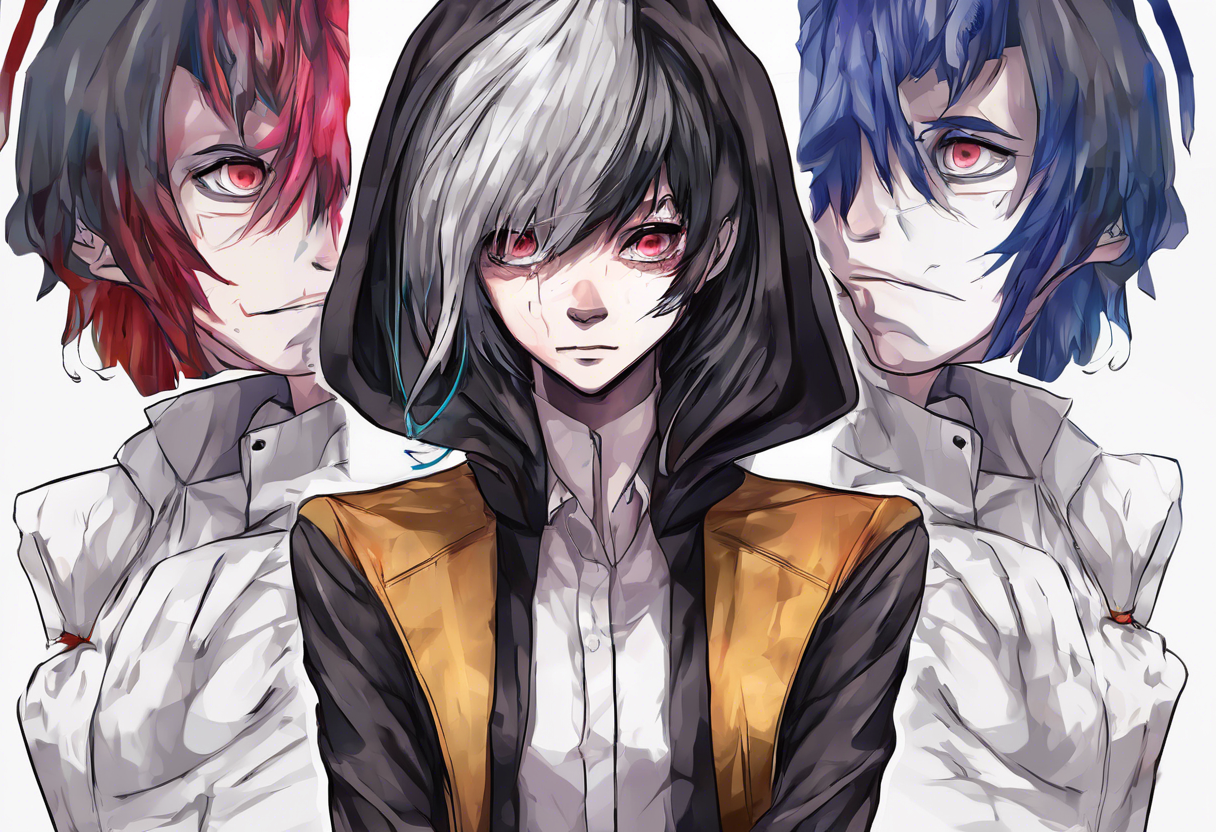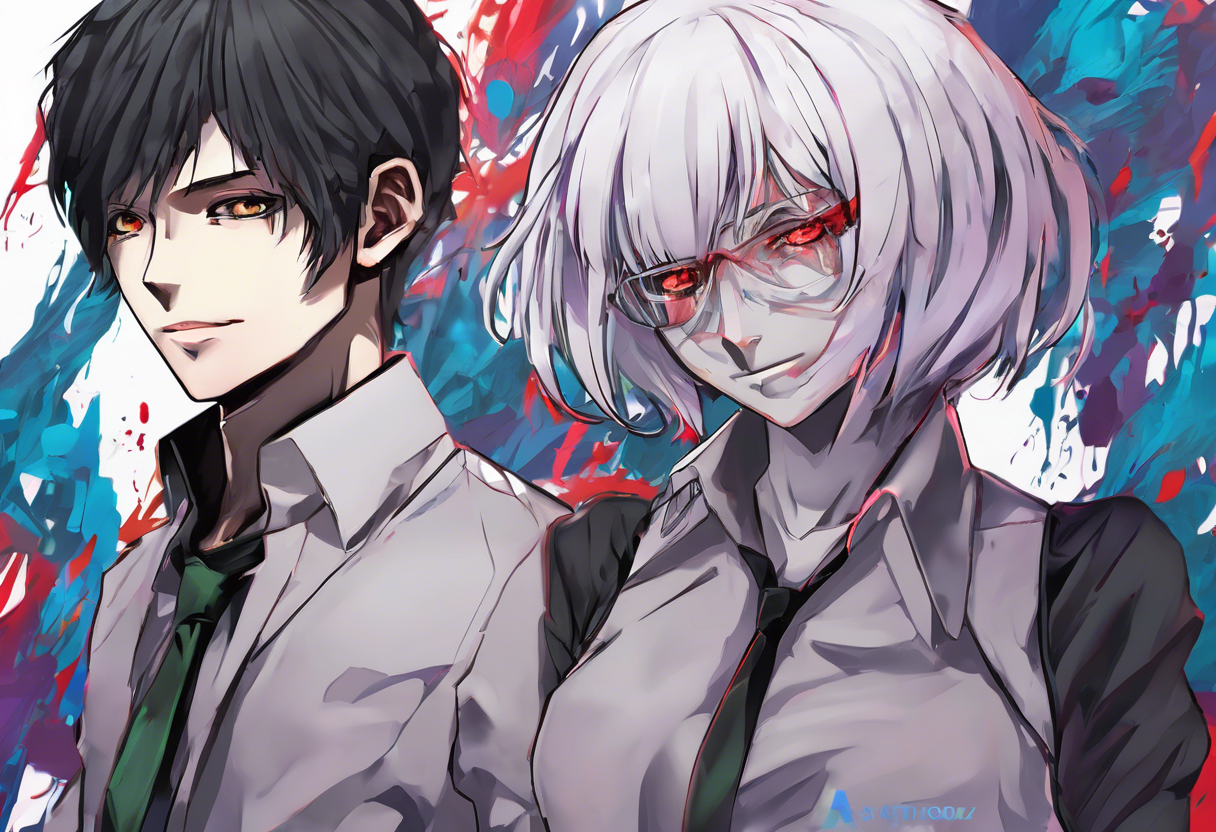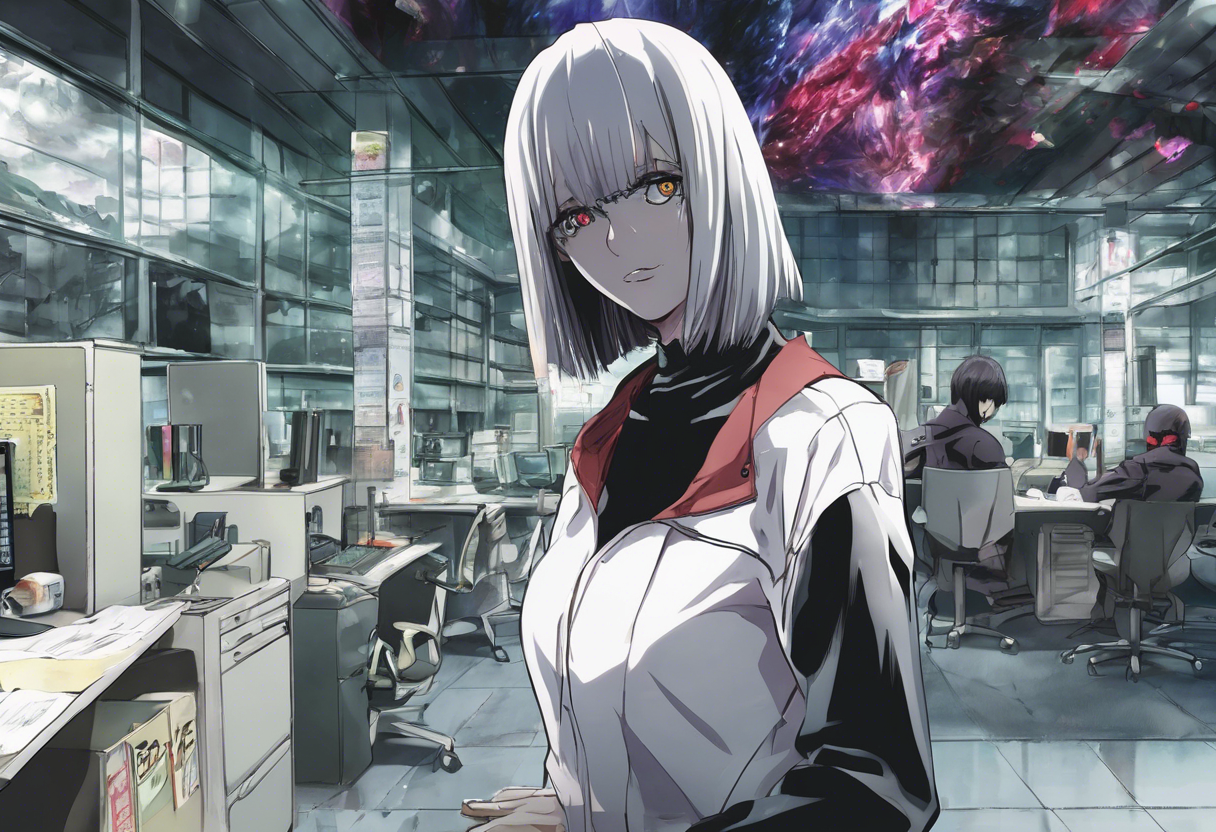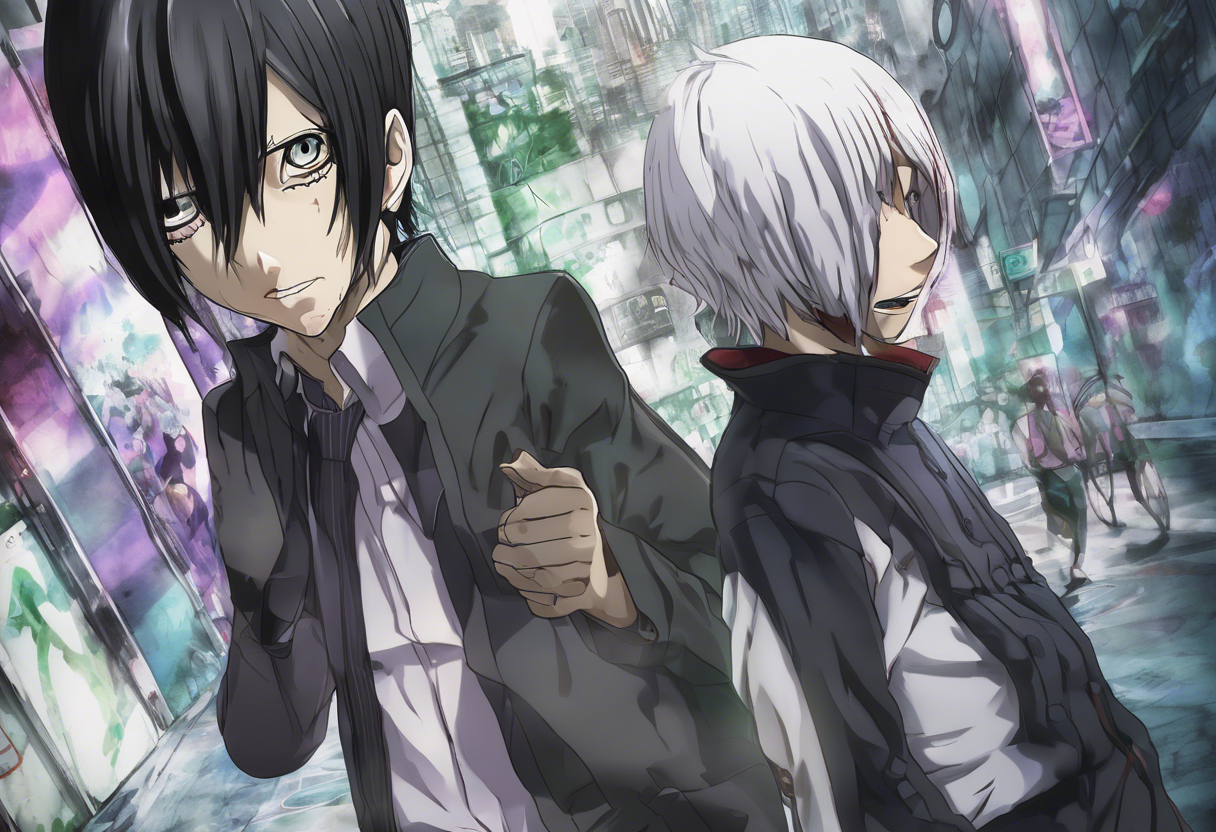Contents
Introduction
Tokyo Ghoul √A – Episode 17, titled "Rift," is a pivotal installment in the second season of the anime series Tokyo Ghoul, based on the manga by Sui Ishida. This episode, directed by Shuhei Morita, was initially released on March 27, 2015. The production of this episode involved key creative figures such as director Shuhei Morita, who also handled the script, and producer Pierrot. What sets "Rift" apart is its intense action sequences, significant character developments, and the escalation of the conflict between ghouls and the Commission of Counter Ghoul (CCG).
Plot Summary
The episode "Rift" unfolds amidst the intense battle at Cochlea, a CCG facility where ghouls are imprisoned and experimented on. The scene opens with Ayato Kirishima engaged in a fierce battle against Yukinori Shinohara, who is equipped with the powerful armor known as Arata, crafted from the remnants of his own father. Despite his valiant efforts, Ayato finds himself on the brink of defeat, unable to overcome Shinohara’s superior strength and defensive capabilities.
Just as Ayato is about to be defeated, he is rescued by Ken Kaneki, who has undergone a transformative process. Kaneki, driven by his determination to protect his friends and allies, consumes the bodies of several dead ghouls to empower himself. This bizarre transformation grants him enhanced strength and abilities, allowing him to intervene in Ayato’s battle and turn the tide.
The battle at Cochlea is multifaceted, with various characters clashing in different parts of the facility. Kurona and Nashiro, twin ghouls, face off against Juuzou Suzuya, a skilled and ruthless CCG investigator. Suzuya, despite being relatively new to using his scythe, demonstrates exceptional skill and ferocity, making him a formidable opponent. The twins, known for their agility and coordination, find themselves outmatched by Suzuya’s precision and strength.
Meanwhile, the narrative delves into the backstory of Kurona, Nashiro, and Suzuya, revealing their shared past at a CCG children’s home. This flashback provides insight into the complex and often tragic lives of characters on both sides of the conflict, highlighting the themes of trauma, loyalty, and the blurred lines between good and evil.
As the battle rages on, Kaneki’s transformation becomes more pronounced. His ability to consume and assimilate the powers of other ghouls makes him a powerful force on the battlefield. However, this transformation also comes with a cost, as Kaneki struggles to maintain his humanity amidst the chaos and violence.
The episode also explores the emotional toll of the conflict on the characters. Hide, a close friend of Kaneki’s, is mortally wounded during the battle, leading to a poignant moment where he reveals to Kaneki that he had known about his ghoul nature since Nishiki’s attack. This revelation underscores the deep bond between the characters and the sacrifices they are willing to make for each other.
Touka Kirishima, Ayato’s sister and a strong-willed ghoul, plays a crucial role in the episode as well. She attempts to follow Kaneki as he leaves the burning Anteiku, but is stopped by Yomo, who adheres to Yoshimura’s last request to protect her. This scene highlights the protective instincts and the sense of responsibility that many characters feel towards their loved ones.
The climax of the episode revolves around Kaneki’s confrontation with Kishou Arima, a powerful and enigmatic CCG investigator. Kaneki, carrying Hide’s body, faces Arima in a symbolic battle that represents the broader conflict between ghouls and humans. The outcome of this battle is left uncertain, with Kaneki’s fate hanging in the balance.
In the aftermath, the episode concludes with a post-credits scene showing Touka opening a new café, symbolizing a new beginning and a continuation of the legacy of Anteiku. This scene provides a glimmer of hope amidst the devastation and loss that has occurred throughout the series.
Themes and Symbolism
"Rift" is rich in themes and symbolic elements that contribute significantly to its storytelling and resonance with audiences. One of the central themes is the struggle for identity and humanity. Kaneki’s transformation and his ability to consume other ghouls raise questions about what it means to be human and the cost of power. This theme is echoed in the characters’ backstories, particularly in the case of Kurona, Nashiro, and Suzuya, whose past experiences have shaped their current identities.
Another significant theme is the concept of family and loyalty. The bonds between characters like Kaneki, Hide, Touka, and Ayato are deeply explored, highlighting the sacrifices they make for each other and the sense of belonging they find in their relationships. The protective instincts of characters like Yomo towards Touka further emphasize this theme.
Symbolism is also prevalent, particularly in the use of the Arata armor and Kaneki’s transformation. The Arata armor represents the legacy of Shinohara’s father and the power that comes from it, while Kaneki’s transformation symbolizes his growth and his willingness to go beyond his limits to protect others.
Cultural Impact
"Rift" has had a notable cultural impact since its release. The episode’s intense action sequences and emotional depth have made it a standout in the anime community. The character of Juuzou Suzuya, in particular, has gained a significant following due to his unique personality and skills.
The episode has also influenced popular culture, with references to its iconic scenes and characters appearing in various forms of media. The themes of identity, family, and the struggle between different groups have resonated with audiences, making "Rift" a memorable and impactful episode.
Critical Reception
"Rift" received mixed reviews from critics and audiences upon its release. Some praised the episode’s action sequences and character developments, while others criticized the pacing and the handling of certain plot elements. The censorship in some versions of the episode was also a point of contention, with some viewers feeling that it detracted from the overall experience.
Despite these criticisms, the episode has been recognized for its emotional impact and its contribution to the broader narrative of Tokyo Ghoul. The transformation of Kaneki and the backstory of the twins and Suzuya were particularly praised for adding depth to the series.
Legacy
The legacy of "Rift" is evident in its continued influence on anime and manga. The episode’s themes and character developments have inspired many creators, and it remains a pivotal moment in the Tokyo Ghoul series. The emotional resonance and the intense action sequences have made it a memorable installment that continues to be discussed and analyzed by fans and critics alike.
In conclusion, "Rift" is a critical episode in the Tokyo Ghoul √A series, marked by its intense battles, significant character developments, and profound themes. Its impact on the anime community and its enduring relevance make it a standout in the world of anime.







